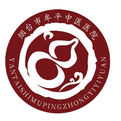
Balancing cupping is a form of cupping therapy and an important component of balancing acupuncture. It is based on the theory of Yin and Yang, utilizing the principles of neural conduction, and focuses on self-balance. This natural therapy employs various cupping techniques to act on specific areas of the body, providing a non-pharmaceutical treatment.
Using techniques such as flash cupping, moving cupping, flying cupping, rotating cupping, shaking cupping, and retaining cupping, practitioners select specific areas that can restore balance to pathological changes. They implement gentle stimuli such as scraping, pulling, pressing, and flicking, utilizing the warming effects of cupping. This method continuously transmits feedback to the central nervous system through peripheral nerves, capillaries, cells, and skin, allowing the body to repair itself to a balanced state. This therapy aims to warm and unblock meridians, regulate internal organs, balance Yin and Yang, and treat chronic diseases.
Balancing cupping not only treats diseases but also prevents them. It promotes smooth circulation of Qi and blood in the meridians, effectively stimulates meridian Qi, stabilizes kidney Qi, and harmonizes liver and spleen functions.
Flash Cupping: Warms the meridians and disperses cold.
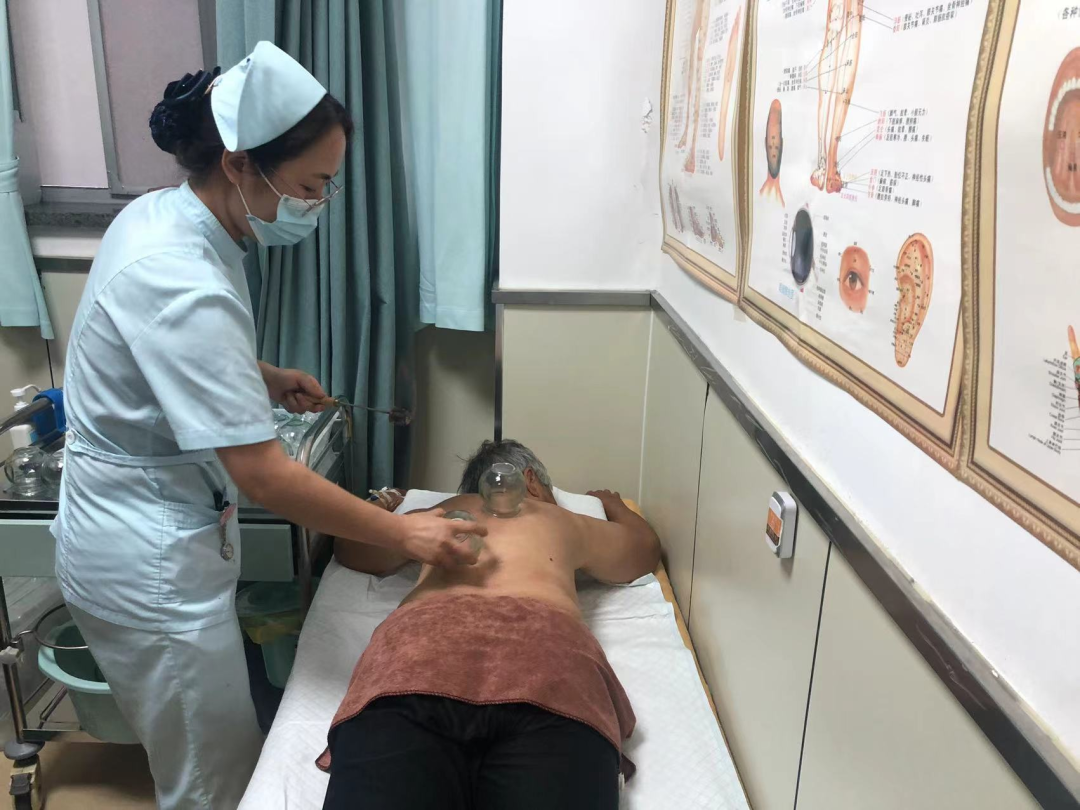
Rubbing Cupping: Relaxes muscles and warms the meridians to disperse cold.
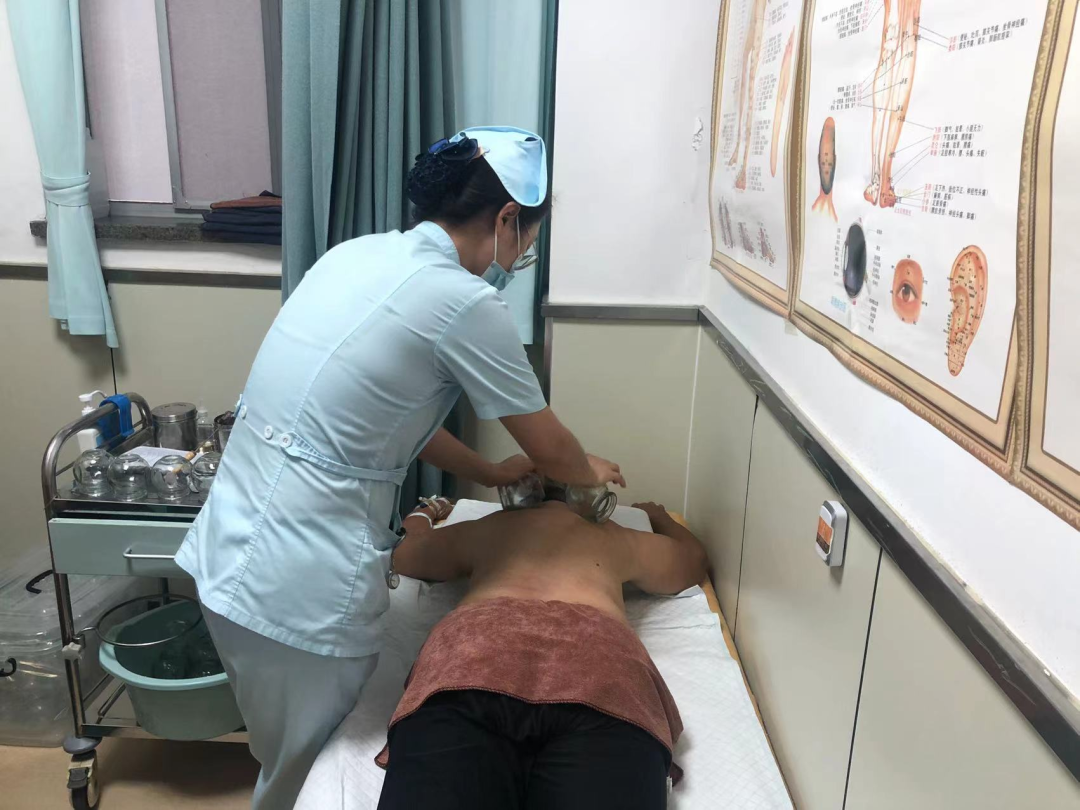
Moving Cupping: Enhances nerve and muscle excitability; accelerates blood circulation; promotes metabolism, showing good efficacy for central nervous system issues and peripheral nerve problems after stroke.
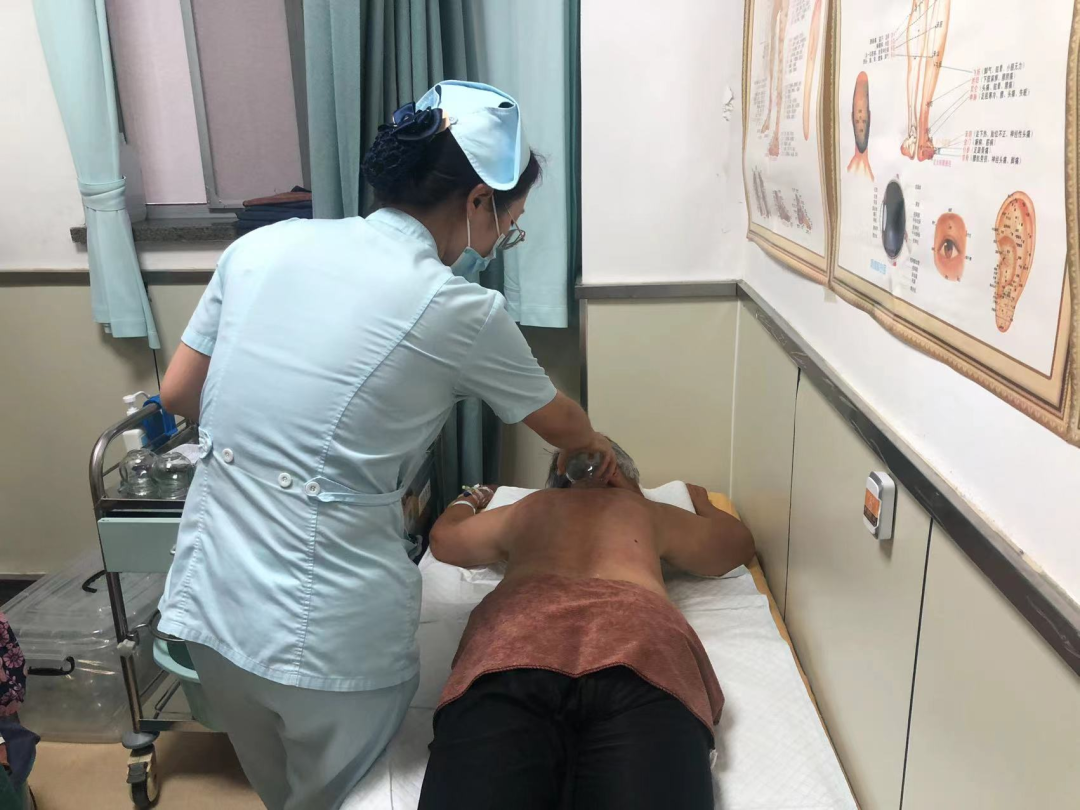
Shaking Cupping: Commonly used for heat-type diseases, it clears heat, drains fire, and invigorates blood circulation.
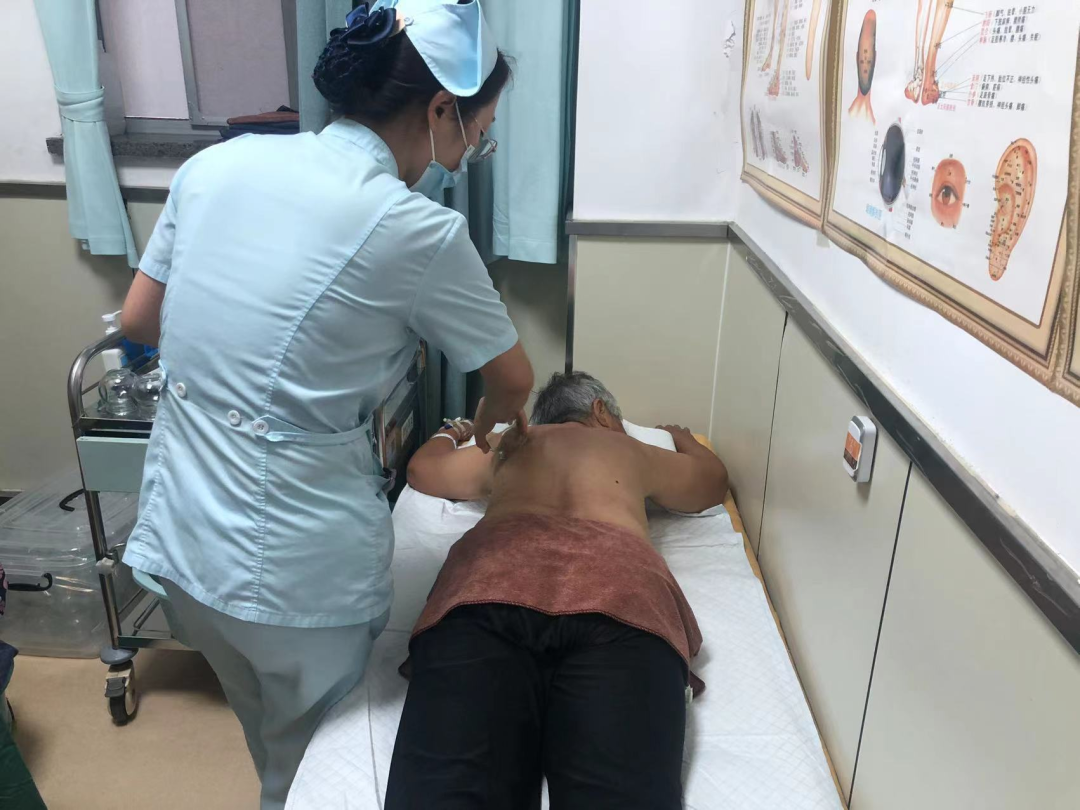
Retaining Cupping: Effective for patients with pain in the back, waist, limbs, and joints caused by wind, cold, and dampness, it warms the meridians, disperses cold, and relaxes muscles.
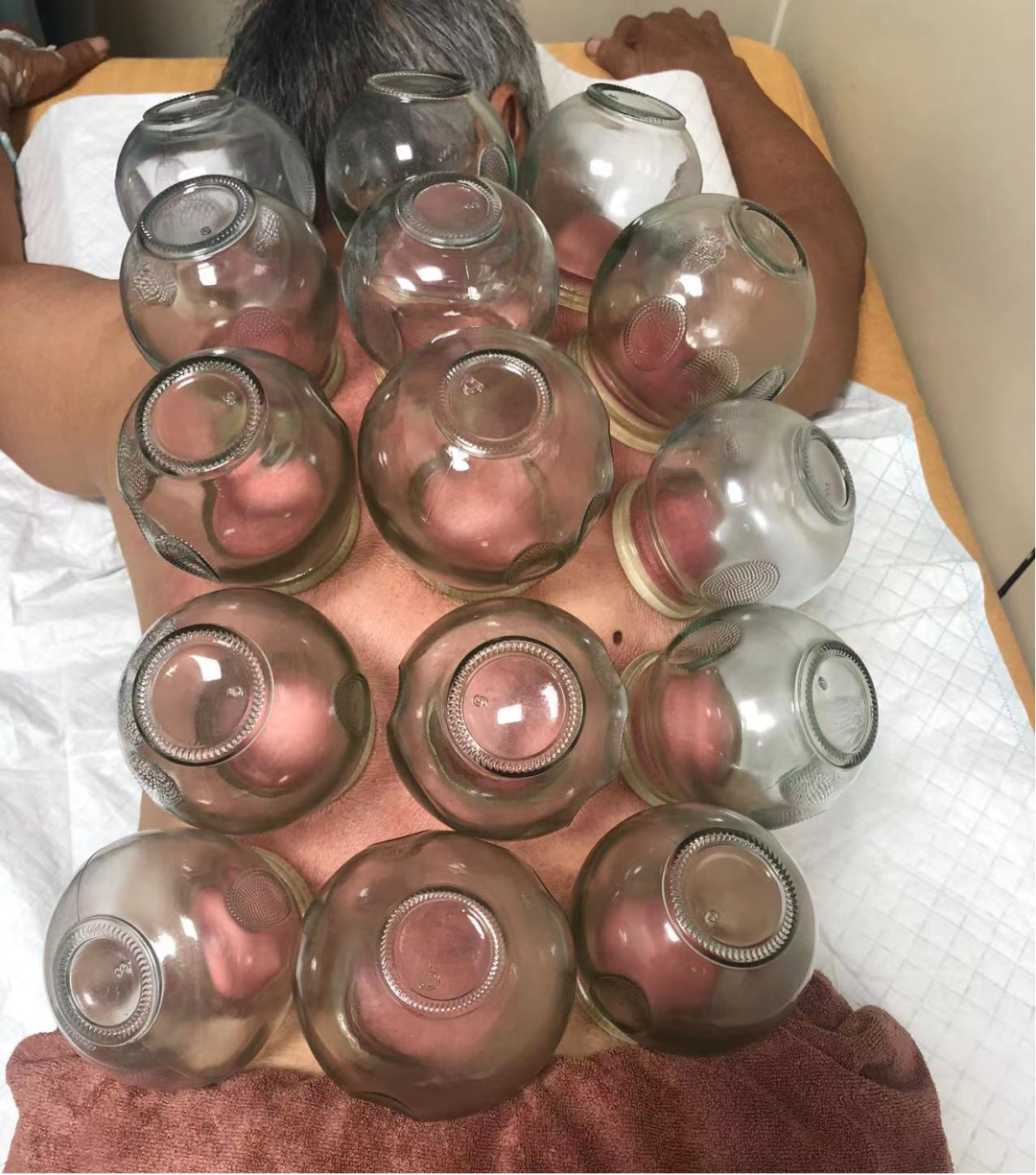
Additionally, “balancing cupping” can regulate the spleen and stomach, enhance immunity, alleviate fatigue caused by work stress, and is effective for insomnia, fatigue syndrome, cold headaches, muscle strain in the lower back, lumbar disc herniation, and specific constitutions such as damp-heat constitution, phlegm-damp constitution, and blood stasis constitution.
Contributed by: Lu Shasha
Edited by: Qu Jing
Reviewed by: Publicity Department
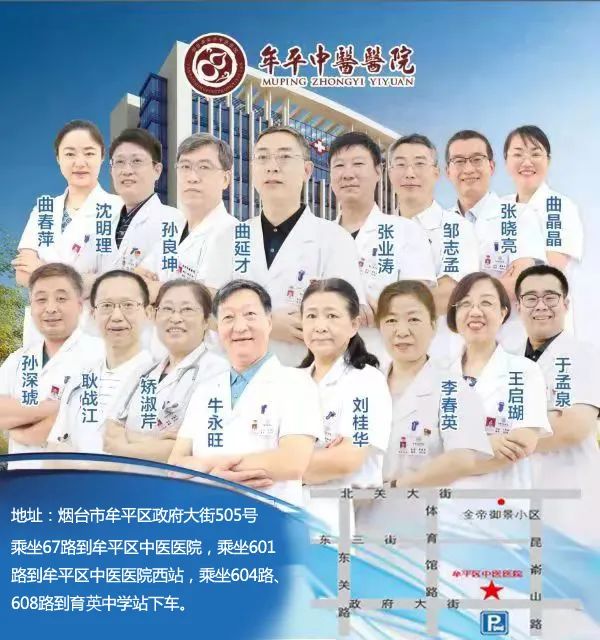

Tap to view your best look

